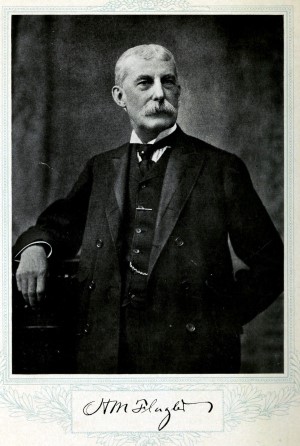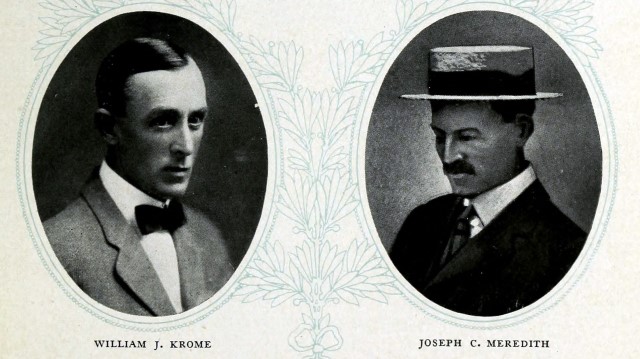We Recommend:
Bach Steel - Experts at historic truss bridge restoration.
BridgeHunter.com Phase 1 is released to the public! - Visit Now
Bahia Honda Bridge

Primary Photographer(s): Nathan Holth
Bridge Documented: November 24, 2017
Pedestrian Walkway and Abandoned Road (Old US-1 Alignment, Former Railroad (Florida East Coast Railway)) Over Bahia Honda Channel
Big Pine Key: Monroe County, Florida: United States
Metal 9 Panel Pin-Connected Parker Through Truss, Fixed and Approach Spans: Metal Multiple-Type-Connected Pratt Through Truss, Fixed
1912 By Builder/Contractor: American Bridge Company of New York, New York and Terry and Tench of New York, New York and Engineer/Design: Joseph C. Meredith and William J. Krome
1938
247.5 Feet (75.4 Meters)
5,056.0 Feet (1541.1 Meters)
Not Available
1 Main Span(s) and 35 Approach Span(s)
Not Applicable

View Information About HSR Ratings
Bridge Documentation
This bridge's future is at risk!
Bridge Status: This bridge is abandoned and at risk for collapse by neglect!View Historical Articles About This Bridge and the Florida East Coast Railway
View Historical Pamphlet About The Florida East Coast Railway
View National Register of Historic Places Nomination Form For This Bridge
Please see the extensive historical articles linked to above for a detailed history of the design and construction of this bridge and the associated Florida East Coast Railway Extension, as constructed under the direction of the famous Henry Flagler. The project engineer was Joseph C. Meredith, although he died before construction was completed, and William J. Krome took his place.
This is the most visually impressive bridge on the Florida East Coast Railway Extension due to its variety of spans that include deck plate girders, two sizes and designs of Pratt truss, and a Parker truss span. The bridge also has an unusual history because when the railroad was shut down and the former railroad bridges were converted to highway bridges for the Overseas Highway (US-1) this bridge was altered by placing the roadway deck on top of the through truss spans, where a wider roadway could be provided. To accommodate this unusual alteration, the road deck has to ramp up over the arch of the Parker truss span, and the approach deck plate girder spans had to have bents added to the concrete piers to raise them up to accommodate the higher roadway.
After a new highway bridge was built in 1972 and this bridge was abandoned a couple spans were removed to allow boats to pass through. The easternmost two truss spans were converted into a pedestrian lookout, however even these two spans were not maintained fully and have deteriorated and been closed to pedestrians, with plans for demolition and replacement.
Although some of the shorter Pratt truss spans use riveted connections, and the larger Pratt truss spans use a combination of pin and riveted connections, this bridge can be nevertheless considered one of the longest surviving pin-connected truss bridges in the United States.
Sitting abandoned over a salty ocean without a maintained paint system has been nothing short of catastrophic for this bridge. The bridge has an incredible number of members broken and/or fallen off completely, or still connected but with amazing amounts of widespread complete section loss visible even from a long distance away. Yet in 2018 the bridge still stood, even with the enormous dead load weight of the concrete deck on top of it. Many present-day engineers, particularly those who do not deal with metal truss bridges frequently like to condemn historic metal truss bridges as "fracture critical" meaning that if one member fails the entire bridge will collapse. In a classroom, and assuming a truss bridge with every member being exactly as strong enough as it needs to be to support the supposed loading, maybe this might happen. But in the real world, historic metal truss bridges are often not so easily destroyed. Certainly the design of a truss implies that each member plays a structural role. But this does not guarantee collapse in the real world. This bridge is a profound example of this. As impressive as this is, it is also tragic. As the most impressive section of the East Coast Railway Extension and as one of the longest surviving pin-connected trusses in the country, this is a bridge with immense historic significance. Left in its current condition, collapse will eventually occur, and this will mark the loss of one of the nation's most important historic metal truss bridges.
Due to its physical condition, and lack of any plans to preserve even a portion of the bridge, this bridge is considered at high risk for collapse or demolition.
Above: Construction of the Parker truss span.
Above: Construction of the Pratt truss spans.
Above: Henry Flagler
Above: Engineers William J. Krome and Joseph C. Meredith.
![]()
Photo Galleries and Videos: Bahia Honda Bridge
Bridge Photo-Documentation
Original / Full Size PhotosA collection of overview and detail photos. This gallery offers photos in the highest available resolution and file size in a touch-friendly popup viewer.
Alternatively, Browse Without Using Viewer
![]()
Bridge Photo-Documentation
Mobile Optimized PhotosA collection of overview and detail photos. This gallery features data-friendly, fast-loading photos in a touch-friendly popup viewer.
Alternatively, Browse Without Using Viewer
![]()
Maps and Links: Bahia Honda Bridge
Coordinates (Latitude, Longitude):
Search For Additional Bridge Listings:
Bridgehunter.com: View listed bridges within 0.5 miles (0.8 kilometers) of this bridge.
Bridgehunter.com: View listed bridges within 10 miles (16 kilometers) of this bridge.
Additional Maps:
Google Streetview (If Available)
GeoHack (Additional Links and Coordinates)
Apple Maps (Via DuckDuckGo Search)
Apple Maps (Apple devices only)
Android: Open Location In Your Map or GPS App
Flickr Gallery (Find Nearby Photos)
Wikimedia Commons (Find Nearby Photos)
Directions Via Sygic For Android
Directions Via Sygic For iOS and Android Dolphin Browser
USGS National Map (United States Only)
Historical USGS Topo Maps (United States Only)
Historic Aerials (United States Only)
CalTopo Maps (United States Only)






